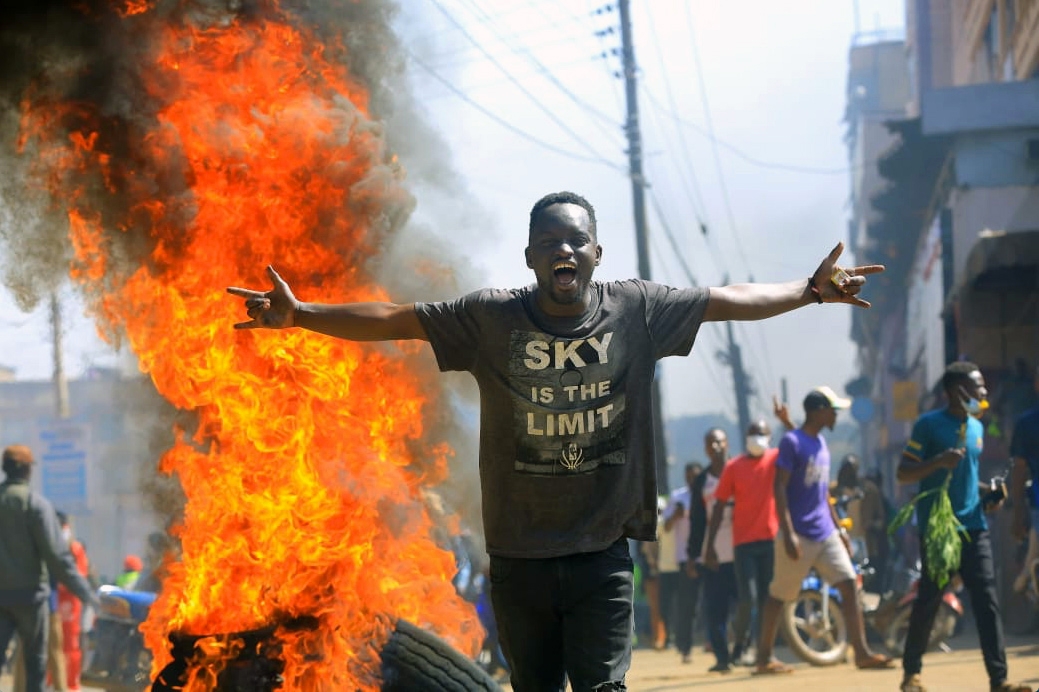Globally, 30 teenagers aged 15-19 years are newly infected with HIV per hour (Unicef 2018).
The burden of HIV is greater among young people aged 15-24 with 7 million of them living with HIV ( UNAIDS 2020).
Fortunately, investment in the HIV responses of low- and middle-income countries was a major reason why global targets for 2020 were missed.
Financial resource availability during the last five years was consistently below the resources needed.
International contributions have fluctuated for 10 years; in 2020, they were at the same level as in 2010.
When domestic and donor resource trends are combined, there have been three straight years of decline in total resource availability.
The failure to achieve programmatically and impact targets have translated to more young people living with HIV and more people at risk of HIV infection who need services.
Higher levels of resources are now needed to get the AIDS pandemic response back on track towards the global goal of ending AIDS by 2030.
Annual HIV investments in low-income countries need to rise in resources available in 2020 to reach the 2025 target set within the 2021 Political Declaration on AIDS for low and middle-income countries, which in 2020–2021 included countries formerly classified as high-income.
Kenya reaching the global price tag for the AIDS response is just part of the challenge where funds come from, where they go and how they are spent also require close attention.
Eastern and Southern Africa, the region with the highest burden of HIV, accounts for 29 per cent of the estimated resource needs among all low- and middle-income countries for 2025.
Asia and the Pacific's substantial share (32 per cent) of total resource needs is due mainly to HIV prevention efforts for its much larger population and unit costs in some countries.
Higher unit costs also contribute to the relatively high per capita resource needs in Latin America and Eastern Europe and Central Asia.
Regional patterns in resource availability demonstrate that greater impact is achieved where sufficient funds are invested and used wisely.
In Eastern Africa, for instance, a combination of domestic and international investments has fueled the rapid expansion of HIV prevention, testing and treatment in areas with a high burden of HIV.
This has resulted in strong and steady reductions in the rate of HIV infections and AIDS-related mortality.
Even though the per capita amounts of resources available in Eastern Africa in 2020 met or even surpassed 2025 investment targets, reductions in infections and deaths are not on track to achieve the 2025 impact targets.
Therefore, there is a need for greater efficiency in resource allocation and use within several countries in the region.
This pattern is more pronounced in America, where relatively high levels of spending per person living with HIV have been maintained, and HIV prevention efforts have stalled at relatively low incidence (0.16 HIV infections per 1000 population).
In Eastern Africa, large resource shortfalls and continued reliance on out-of-pocket expenditures (such as user fees for health services) are associated with more modest declines in the incidence of HIV infection and the rate of AIDS-related mortality.
In Africa and the Pacific, where the incidence of HIV infections and AIDS-related mortality is relatively low, the mortality rate is declining, but reductions in HIV incidence are slow, demonstrating the need for increased investment in HIV prevention in Kenya and other countries.
The resources allocated to effective combinations of HIV prevention services for populations at higher risk of HIV infection are insufficient.
The Global AIDS Strategy 2021–2026 calls for a doubling of domestic and international funding for primary HIV prevention interventions, such as condoms, PREP and VMMC.
A substantial share of these additional resources for HIV prevention should be focused most on adolescent girls and young women since they have a high HIV burden.
Much of the gap between 2020 resource availability and 2025 resource needs for HIV responses is in the countries that generally have more fiscal space to increase domestic resource allocations.
By contrast, low-income countries remain heavily reliant on donor resources and spend a substantial proportion of their tax revenues on commodities received from donors which makes funds insurgent.
It's a call to the government to remove all taxes on health commodities while helping to make commodities available and reduce the cost of medication.
Executive Director Epic Youth Organization
Edited by Kiilu Damaris

















